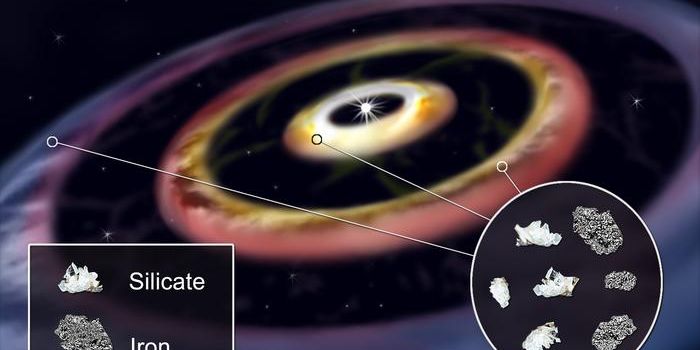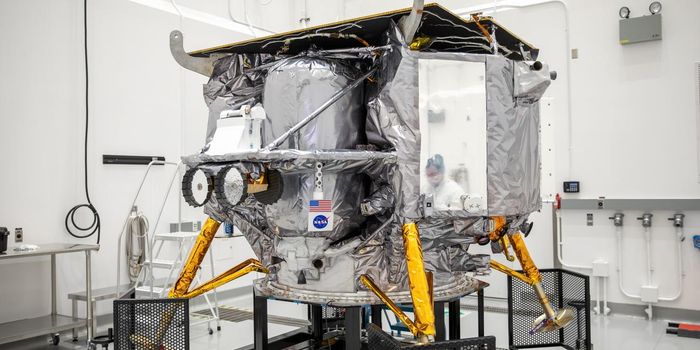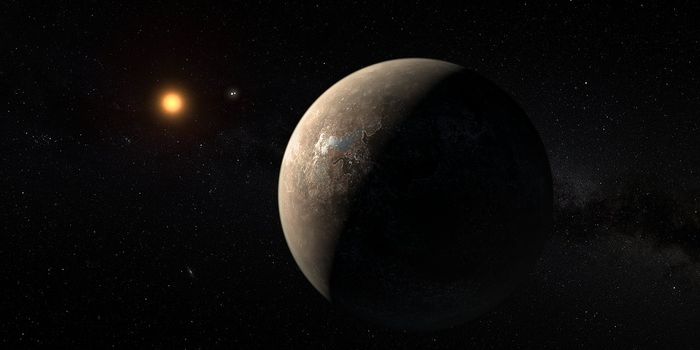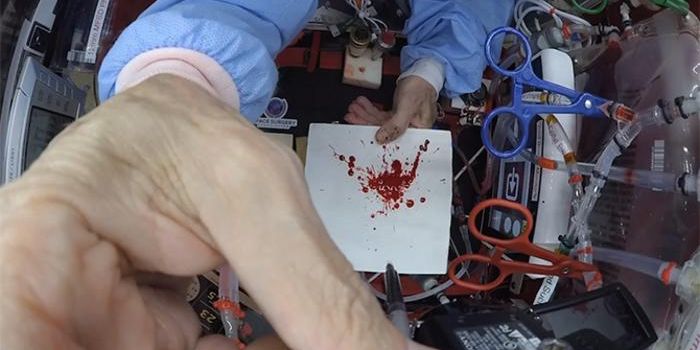SpaceX Successfully Lands a Falcon 9 Rocket for a Third Time
On Friday, SpaceX launched another Falcon 9 rocket from Florida’s Cape Canaveral Air Force Station that was carrying another telecommunications satellite known as THAICOM-8 that needed to be placed into orbit around the Earth.
Following a successfully primary mission, SpaceX once again attempted to land its first stage on a barge in the middle of the ocean. The landing of the Falcon 9 on Friday, following the primary mission, was a success.
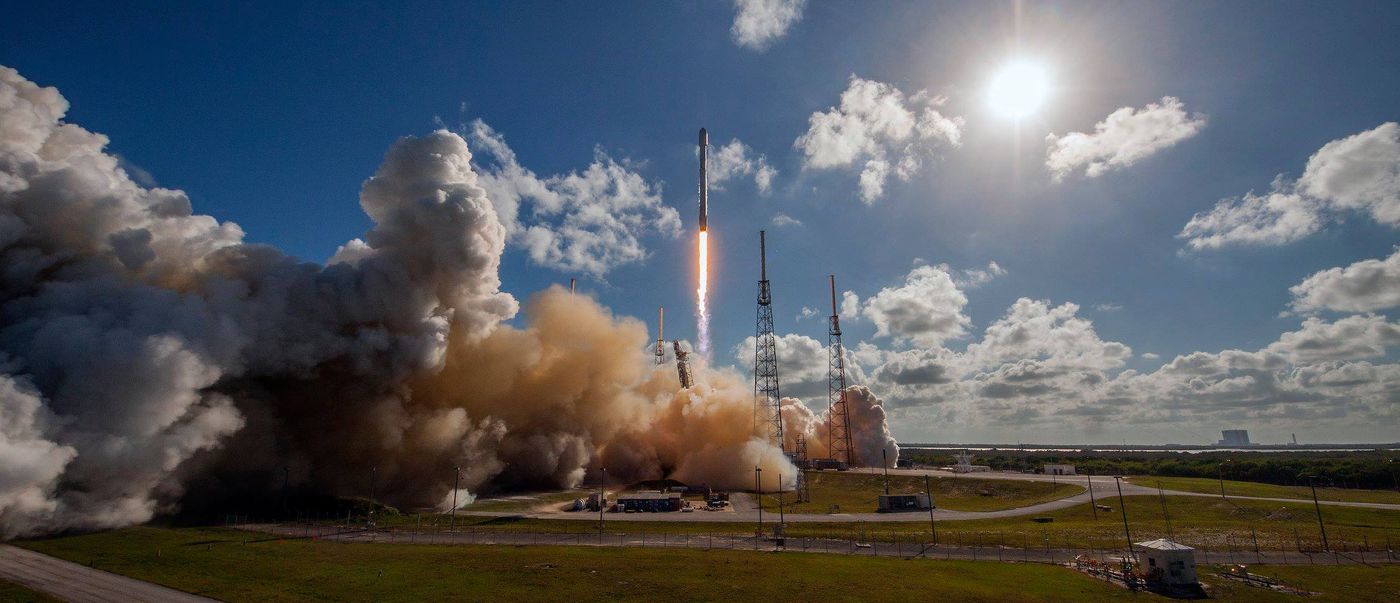
Having learned a few lessons from the Falcon 9 landing earlier this month, which was also carrying a heavy telecommunications satellite, SpaceX was able to fine-tune the landing process after having a fair benchmark.
It’s no easy task, when heavy telecommunications satellites are being put into orbit, to land the rocket that puts them there. Because they’re so heavy, they eat up a lot of fuel during the delivery process. This leaves less fuel for the landing attempt and means that rocket has to come in very hot and very fast, and leaves more room for error.
SpaceX affixed a camera to the first stage that shows the landing taking effect from the point where the first stage reached space, to the point where the first stage made contact with the drone ship.
According to SpaceX CEO Elon Musk, the landing wasn’t without its drama, however. It would appear that because the rocket approached the drone ship and near maximum landing speed, the first stage suffered damage to the contingency crush core.
Crush core is aluminum honeycomb for energy absorption in the telescoping actuator. Easy to replace (if Falcon makes it back to port).
— Elon Musk (@elonmusk) May 27, 2016
These are the aluminum honeycomb-shaped objects at the bottom of the rocket that help with energy absorption in the telescoping actuator, and they were responsible for the ‘tipping’ motions that are seen after the rocket landed on the surface of the drone ship at sea.
Fortunately, however, when the rocket makes it back to SpaceX headquarters, it should be very easy to replace the spent part.
It’s worth noting that the previous successful landing had deemed the Falcon 9 rocket as sustaining “maximum damage” following its fast approach to the drone ship at sea. These very hot and very fast landings are clearly very hard on the rocket equipment.
For SpaceX, this is the third successful landing in a row following tons of failures at the beginning of the year. The sudden turnaround in success stories shows that SpaceX is getting their act together and figuring out what it takes to successful land a rocket, even under the most extreme circumstances.
Reusable rockets are going to transform the ease and costs of space travel because instead of spending $16,000,000 on a new rocket every time a space mission is called for, it would be far more efficient to just fuel a reusable rocket for $250,000 and use it multiple times in a row.
Reusable rocket technology is, however, still in its very early stages of development. It’s not likely that human beings will be placed on a used rocket for safety reasons, however for the multiple satellites that go up into space so often, it helps a lot with the cost of taking them there.
Source: Space.com, SpaceX (YouTube), Elon Musk (Twitter)



